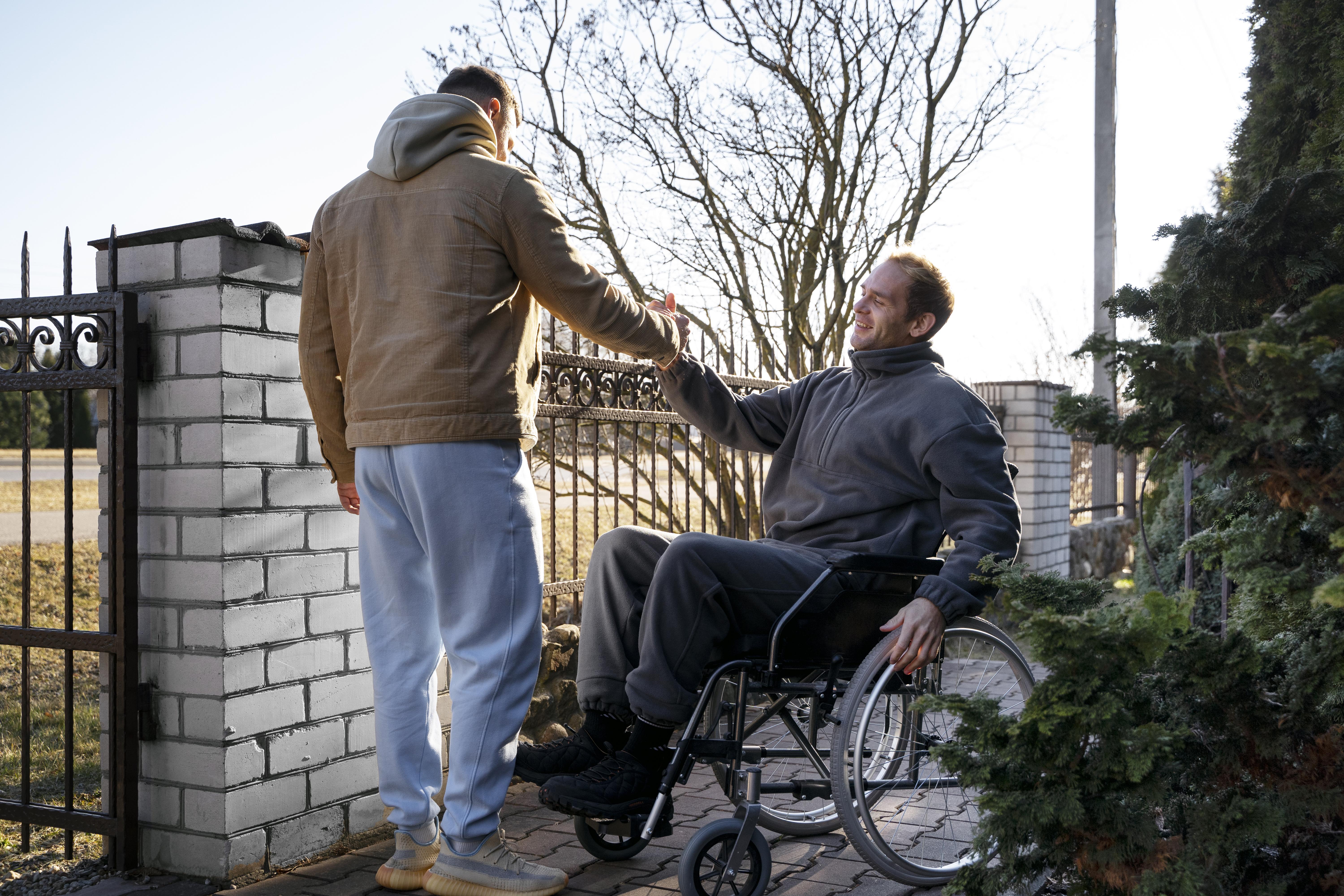Supported Independent Living (SIL) is a service designed to help individuals with disabilities live independently while receiving the support they need to manage daily life. Unlike traditional care settings, SIL emphasizes personal autonomy, skill development, and community participation. It allows individuals to lead self-directed, meaningful lives while remaining safe, supported, and confident.
What is Supported Independent Living?
Supported Independent Living provides tailored assistance for individuals who want to live in their own homes, shared accommodations, or community-based settings. Support can include personal care, meal preparation, household management, budgeting, transportation, and access to community resources. The primary goal of SIL is to enhance independence while providing a safety net of support. Through this approach, participants can pursue personal goals, develop life skills, and participate fully in everyday life.
Key Features of Supported Independent Living
-
Personalized Support Plans
Each participant receives a support plan designed to meet their unique needs and personal goals. These plans outline the type and level of support required, ensuring assistance is practical, empowering, and aligned with individual preferences. -
Daily Assistance
SIL support workers help participants with everyday activities such as cooking, cleaning, personal hygiene, and medication management. The level of support is flexible depending on the participant’s requirements. -
Life Skills Development
Supported Independent Living programs focus on teaching essential life skills such as cooking, budgeting, cleaning, time management, and problem-solving. These skills help individuals gain confidence and manage their own lives effectively. -
Community Engagement
SIL encourages participants to take part in social, educational, recreational, and employment opportunities. Engagement in community life reduces isolation, strengthens social networks, and promotes a sense of belonging. -
Flexible Support Options
Support can range from part-time assistance to full-time or 24/7 care, depending on the individual’s needs. This ensures that participants receive the right level of help while maintaining independence.
Benefits of Supported Independent Living
Supported Independent Living helps participants gain confidence, develop independence, and acquire practical life skills. Families benefit from knowing their loved ones are supported in a safe and structured environment. SIL also promotes social inclusion by encouraging active participation in community life, helping individuals build meaningful relationships and improve overall well-being.
Conclusion
Supported Independent Living empowers individuals with disabilities to lead fulfilling, autonomous lives. By providing personalized support, life skills development, and opportunities for community engagement, SIL bridges the gap between dependence and independence. With the right support, individuals can achieve confidence, dignity, and a higher quality of life, contributing to a more inclusive and supportive society for everyone.

